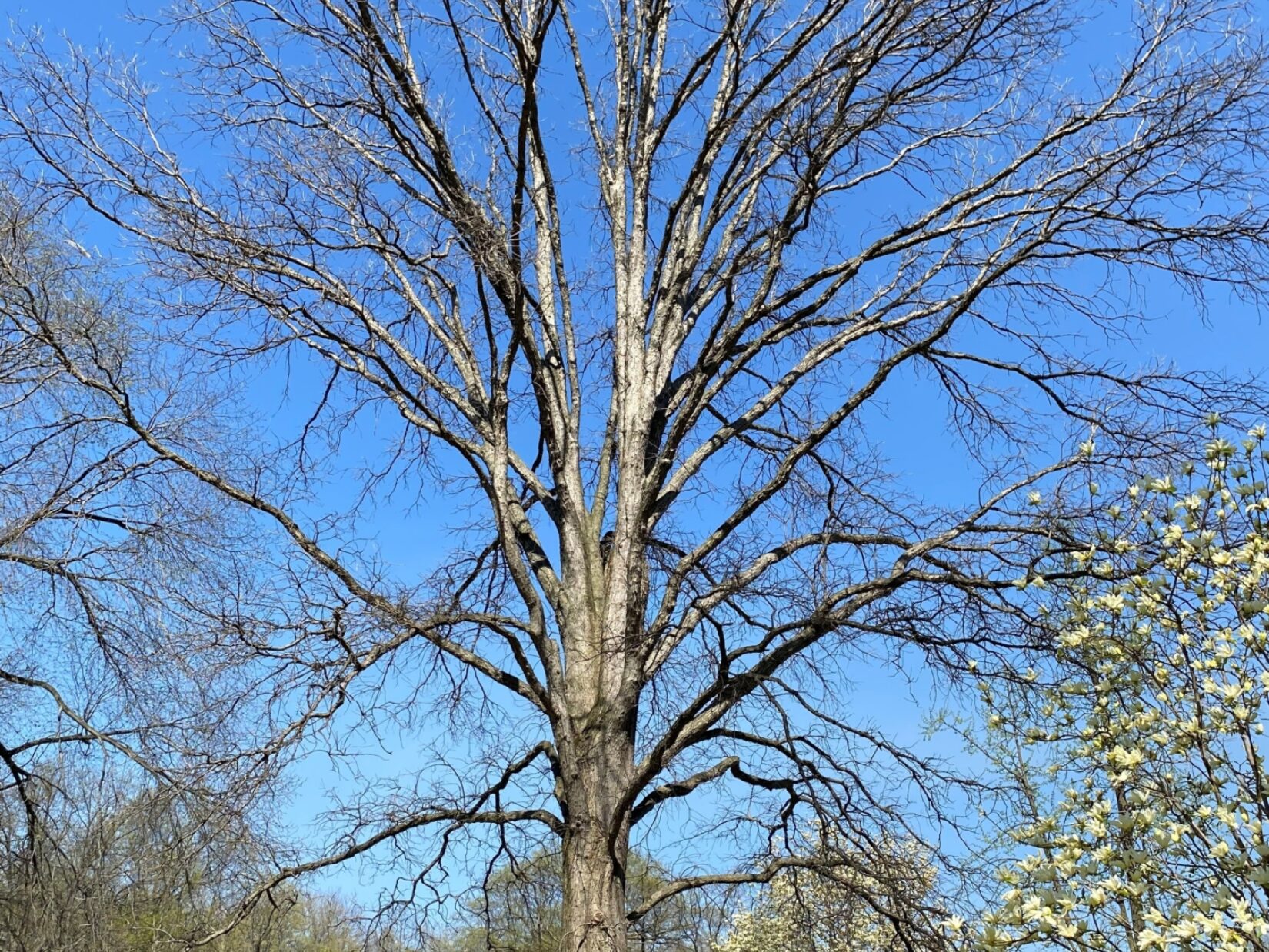Norway Maple

This non-native species of maple is no longer planted in Central Park. Imported to the United States in the 18th century, it was planted widely in the 1930s in the wake of the destruction to the Northeast's street trees, wrought by Dutch elm disease. The leaves of a Norway maple yield a dense shade that inhibits the growth of other vegetation beneath its canopy. The Norway maple flowers with abandon, sending out enormous amounts of winged seeds (called samaras). Central Park Conservancy gardeners pull up Norway maple seedlings when they are spotted, and yet it is still one of the most common trees in the Park. In spring the Norway maple may be spotted by its yellowish, nearly acid green flowers, and in fall by its distinctive yellow foliage.
-

Leaves
4-7 inches across, opposite arrangement, five lobes, milky sap visible when petiole broken, uniform yellow in fall -

Fruit
1-5 inch long samaras, turn green to tan -

Flower
Numerous, small, yellow green, bloom in April -

Bark
Grayish-black, shallow ridges and furrows







